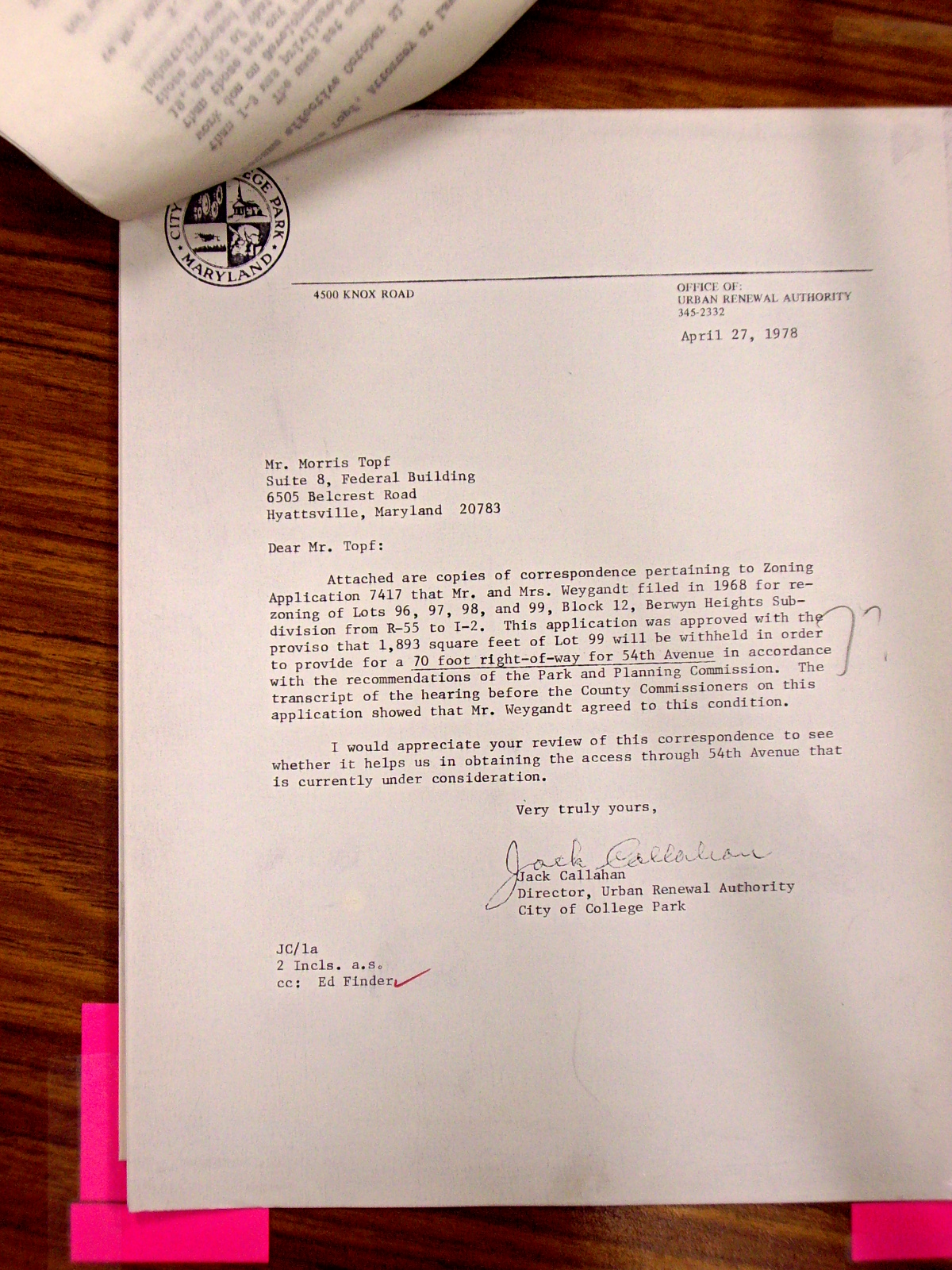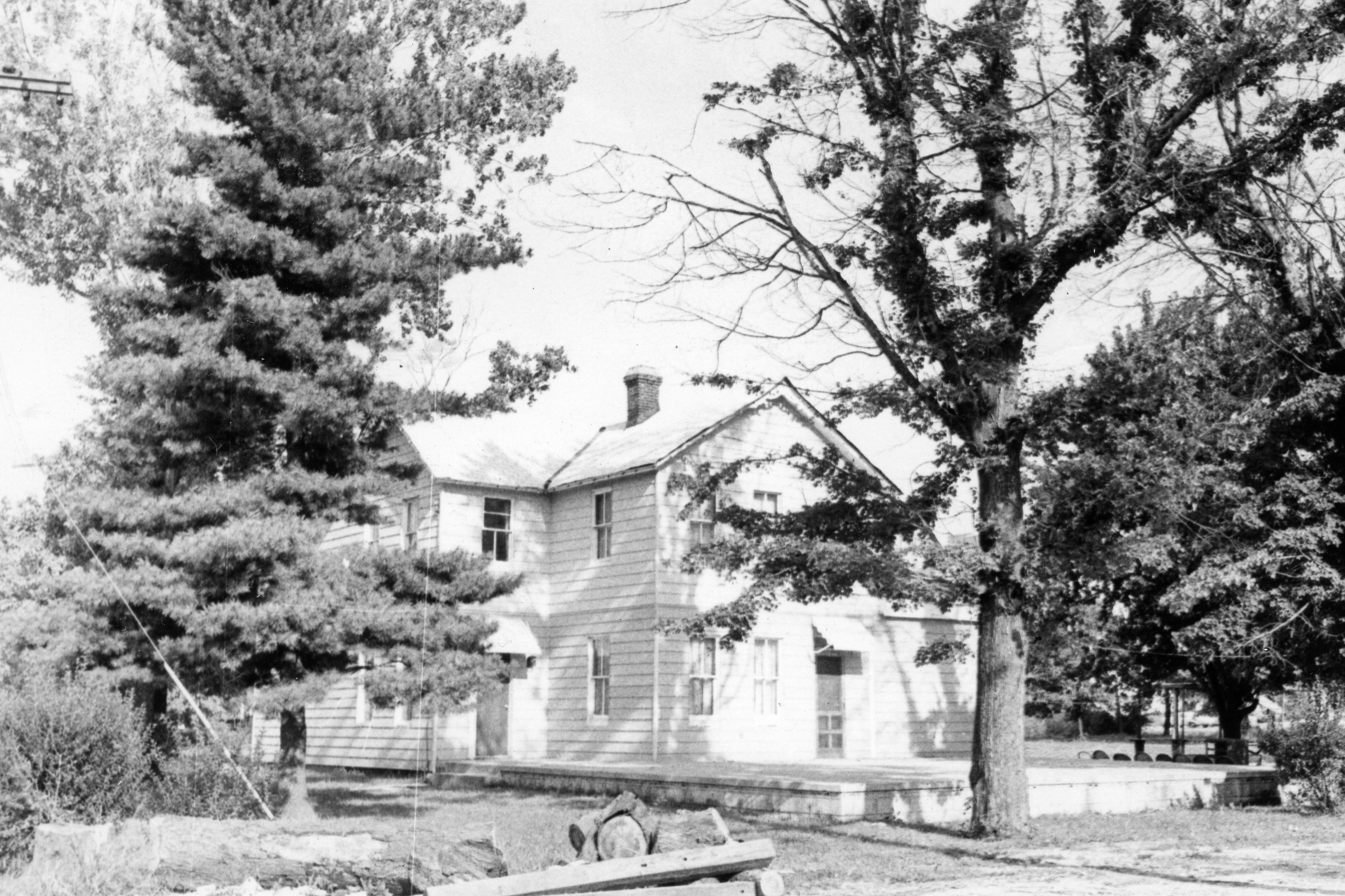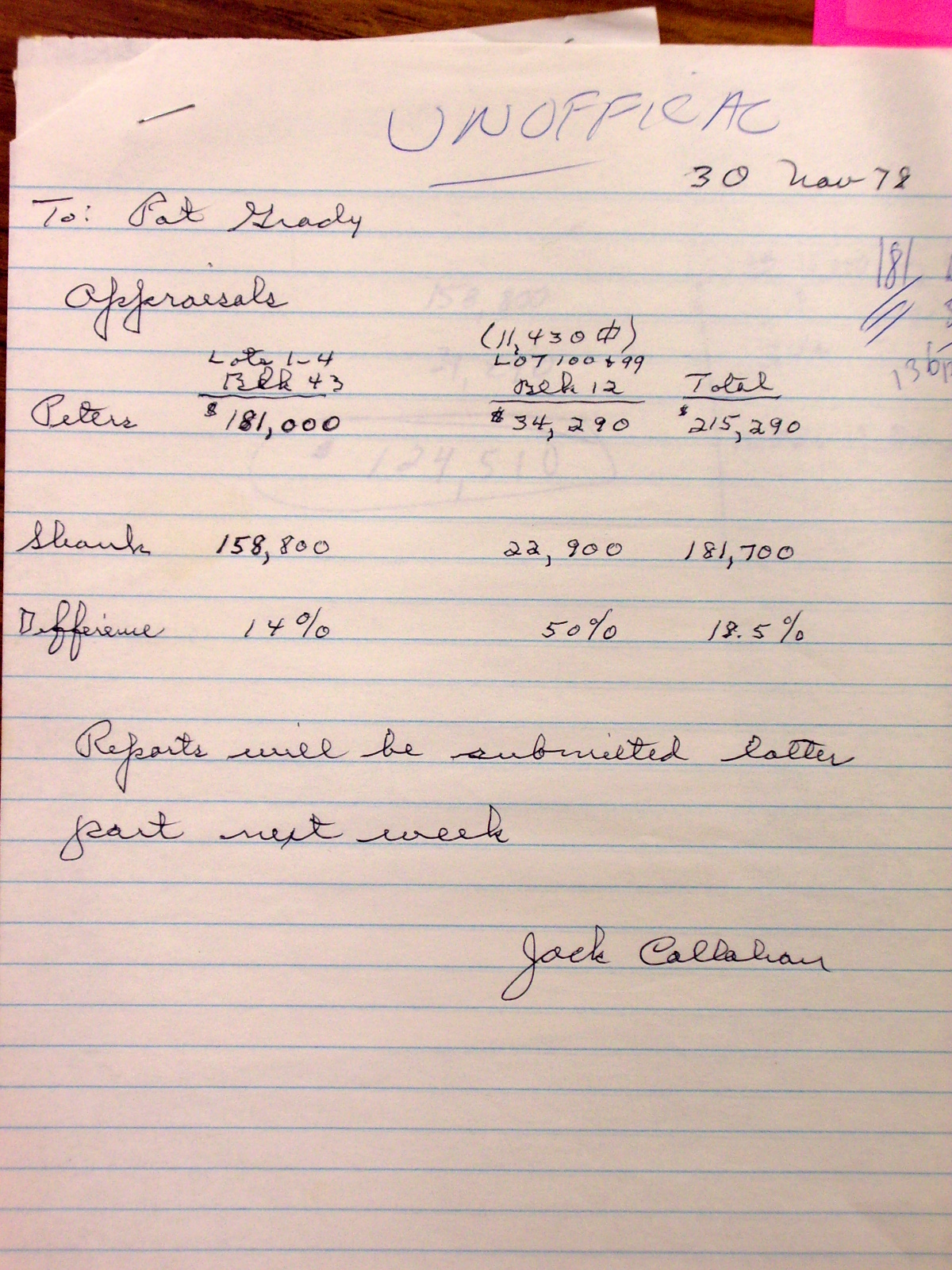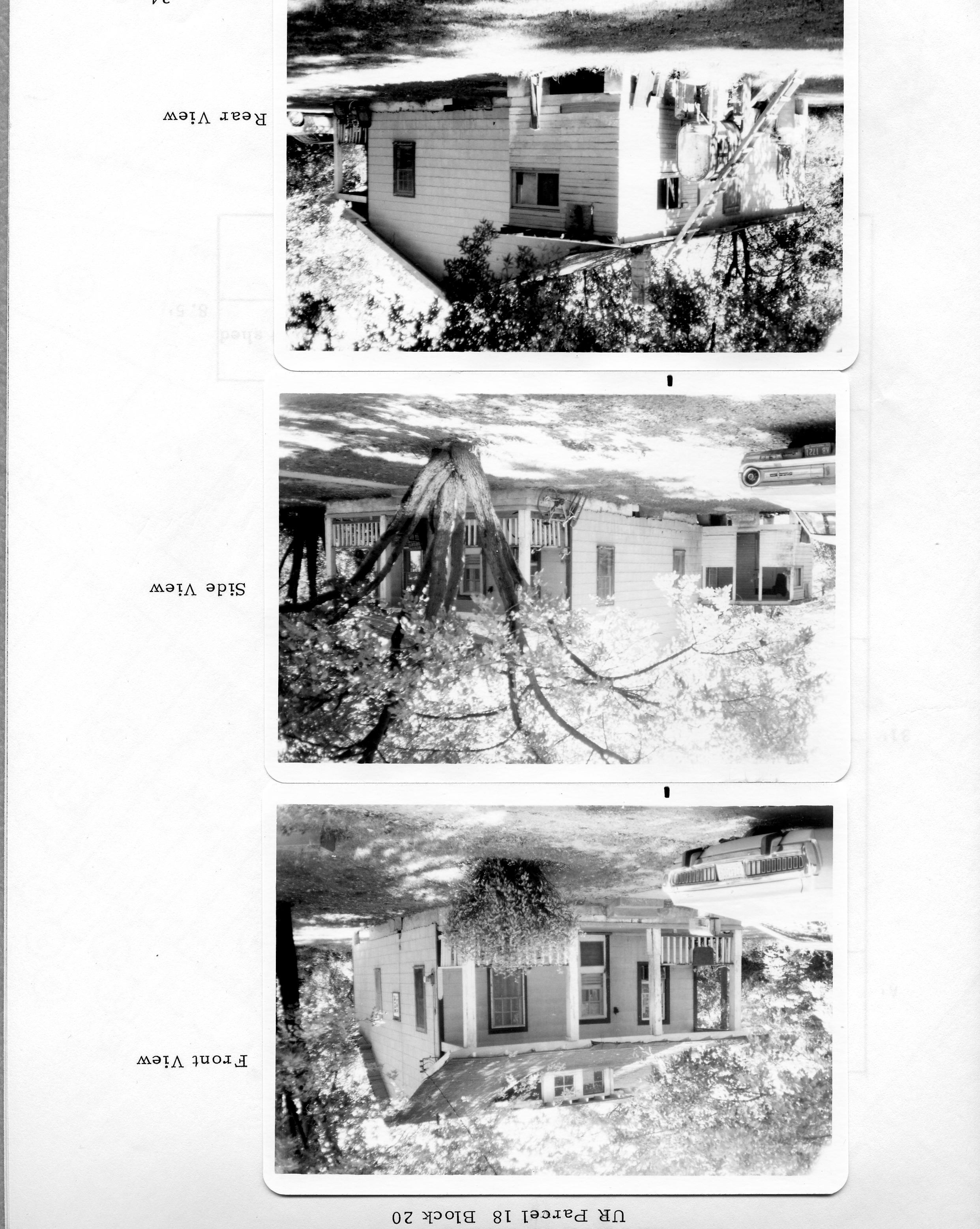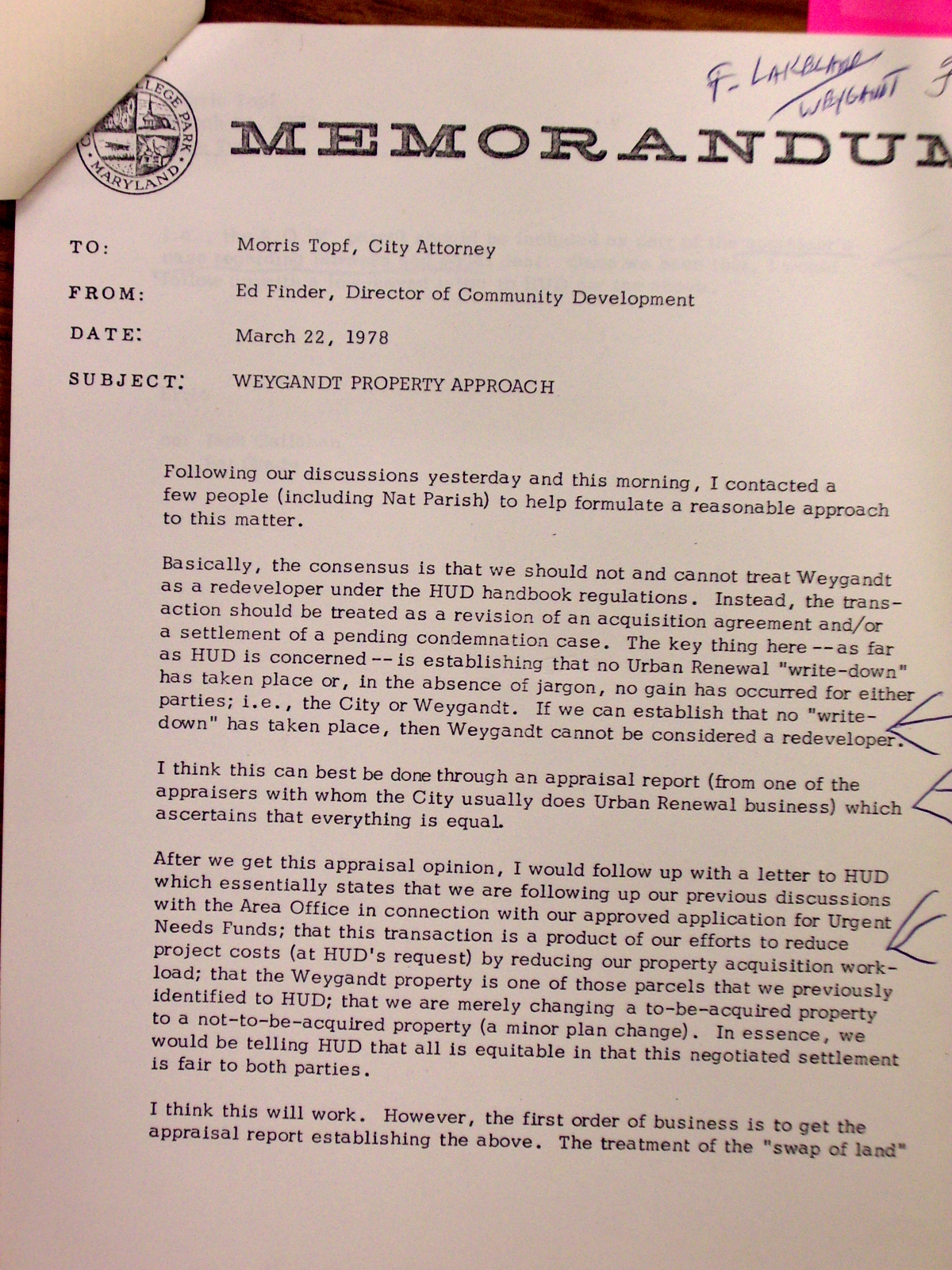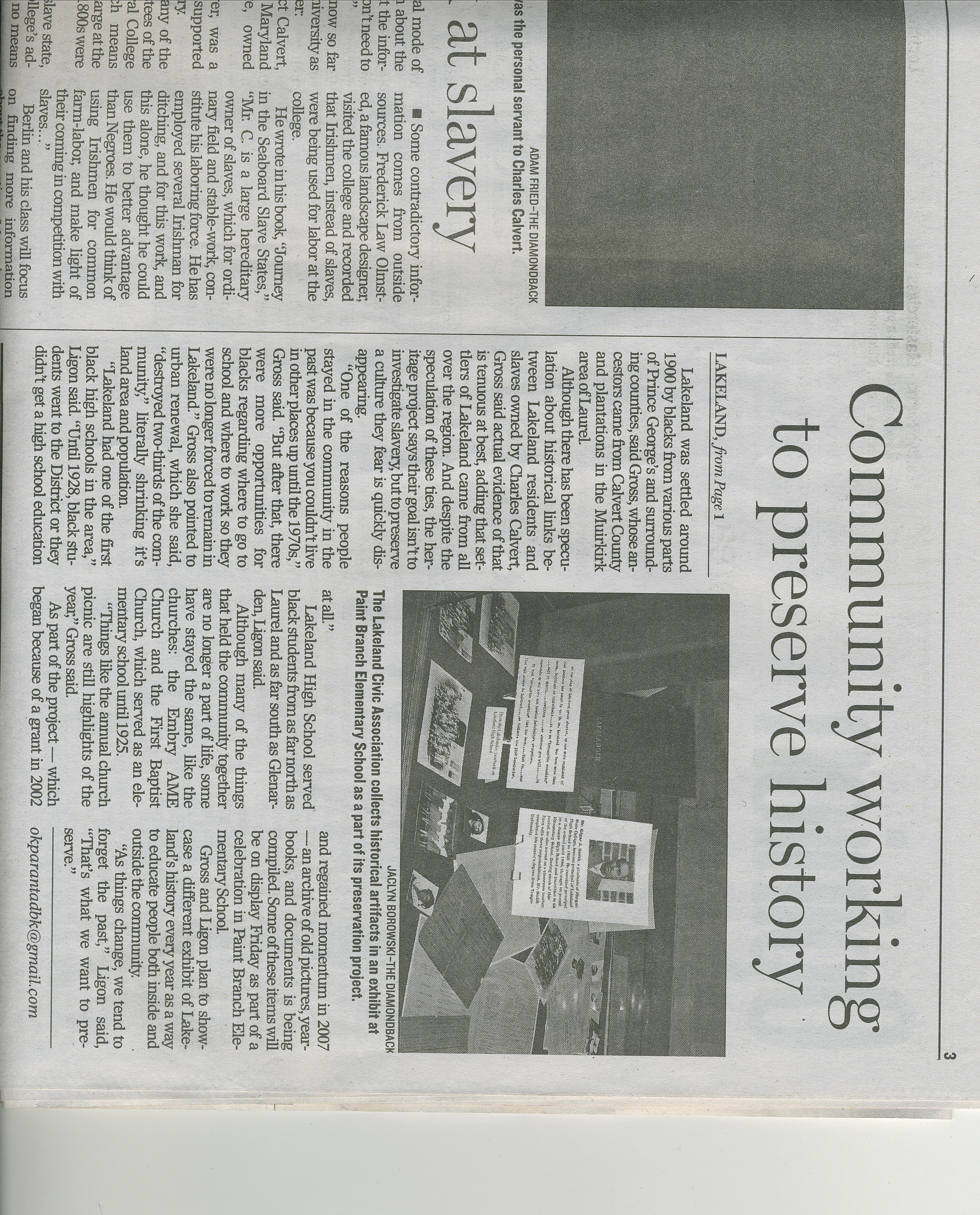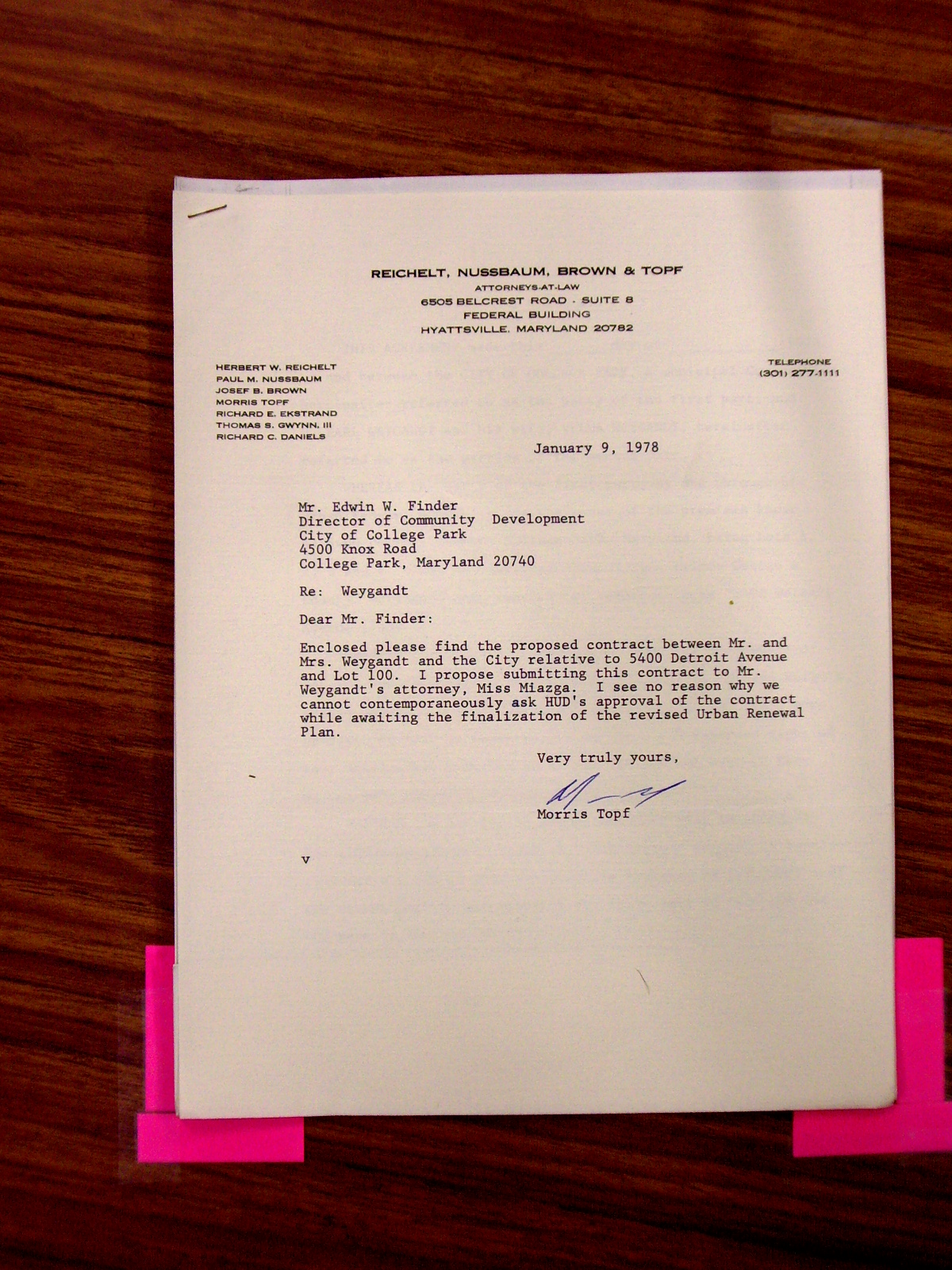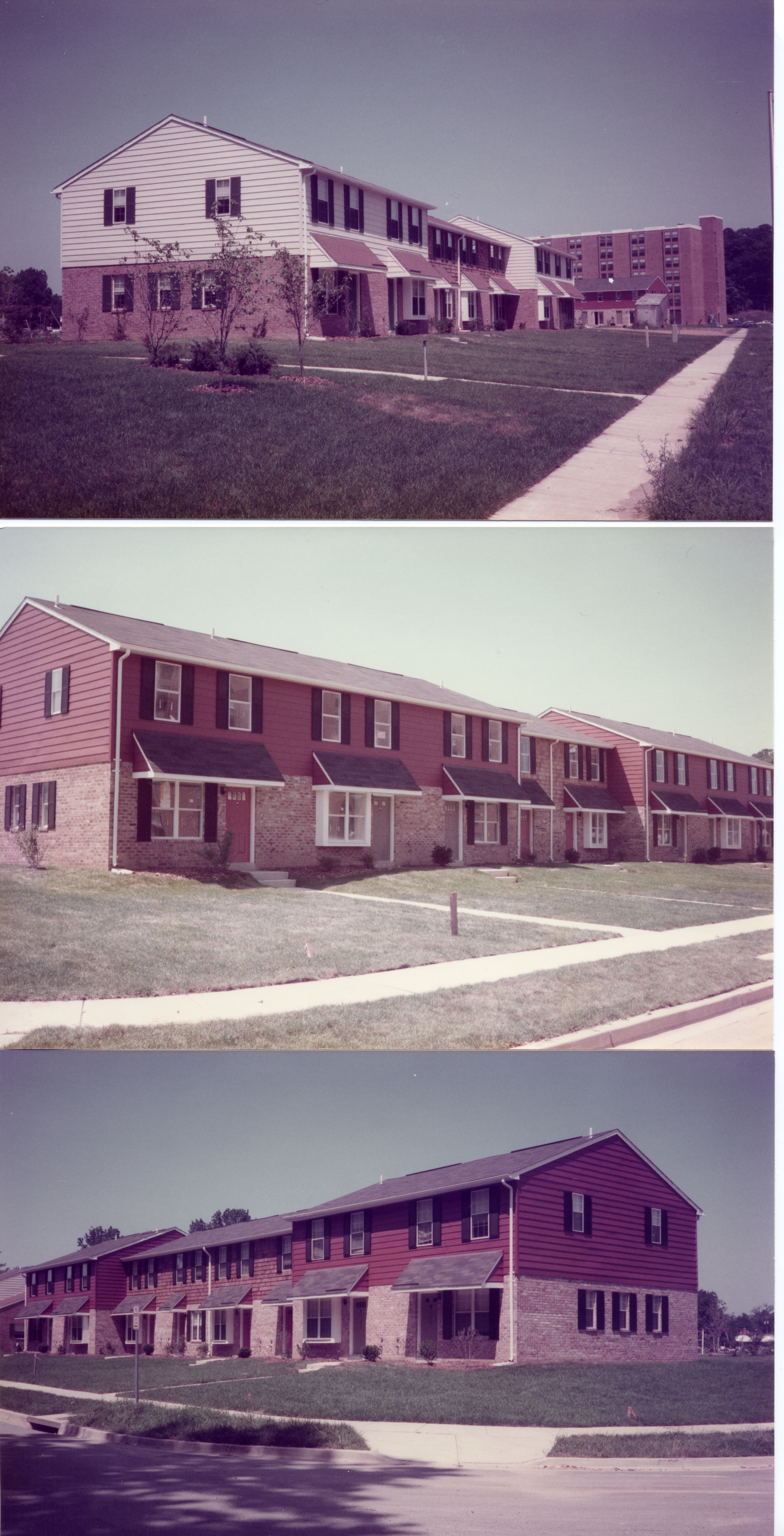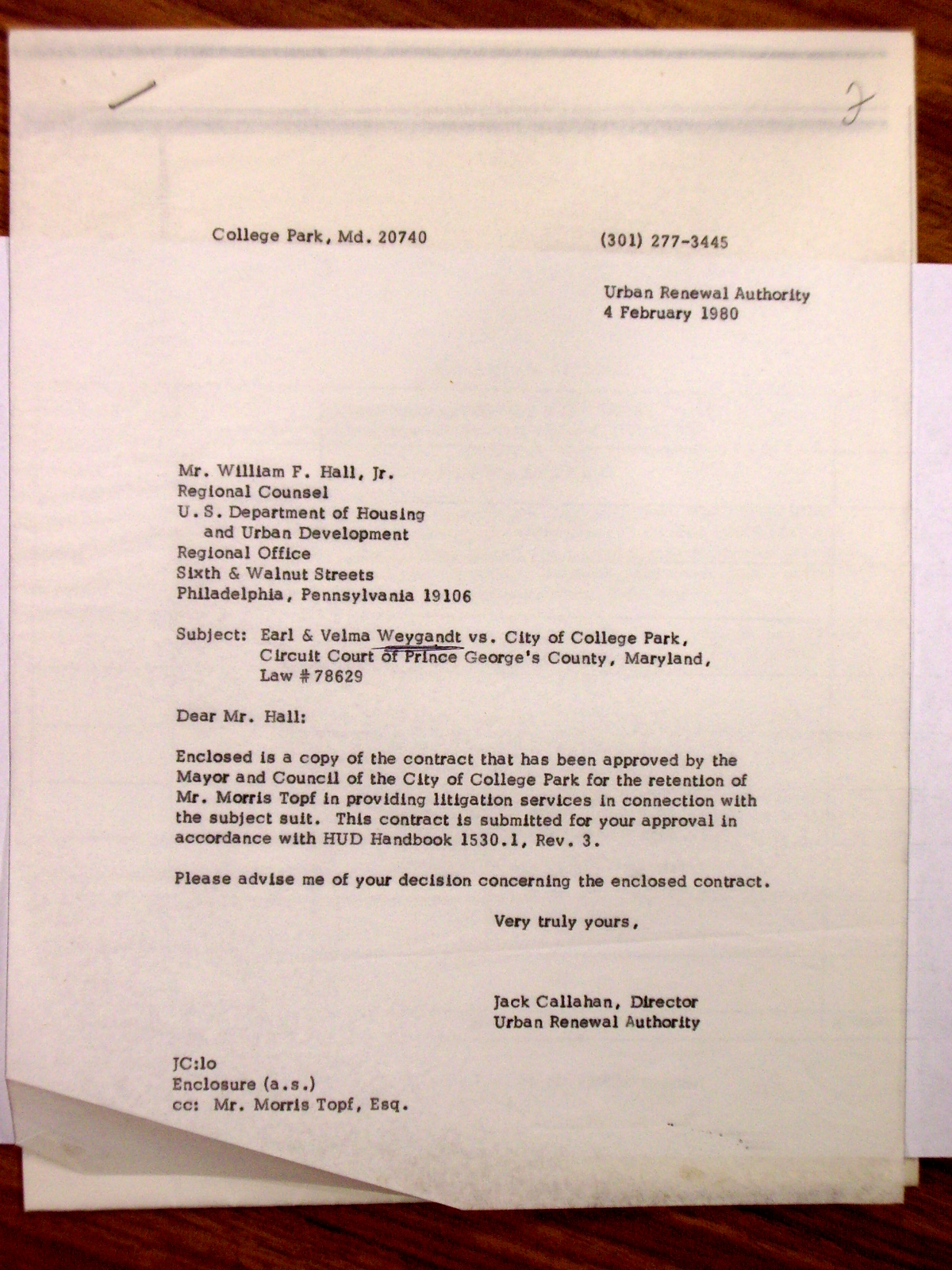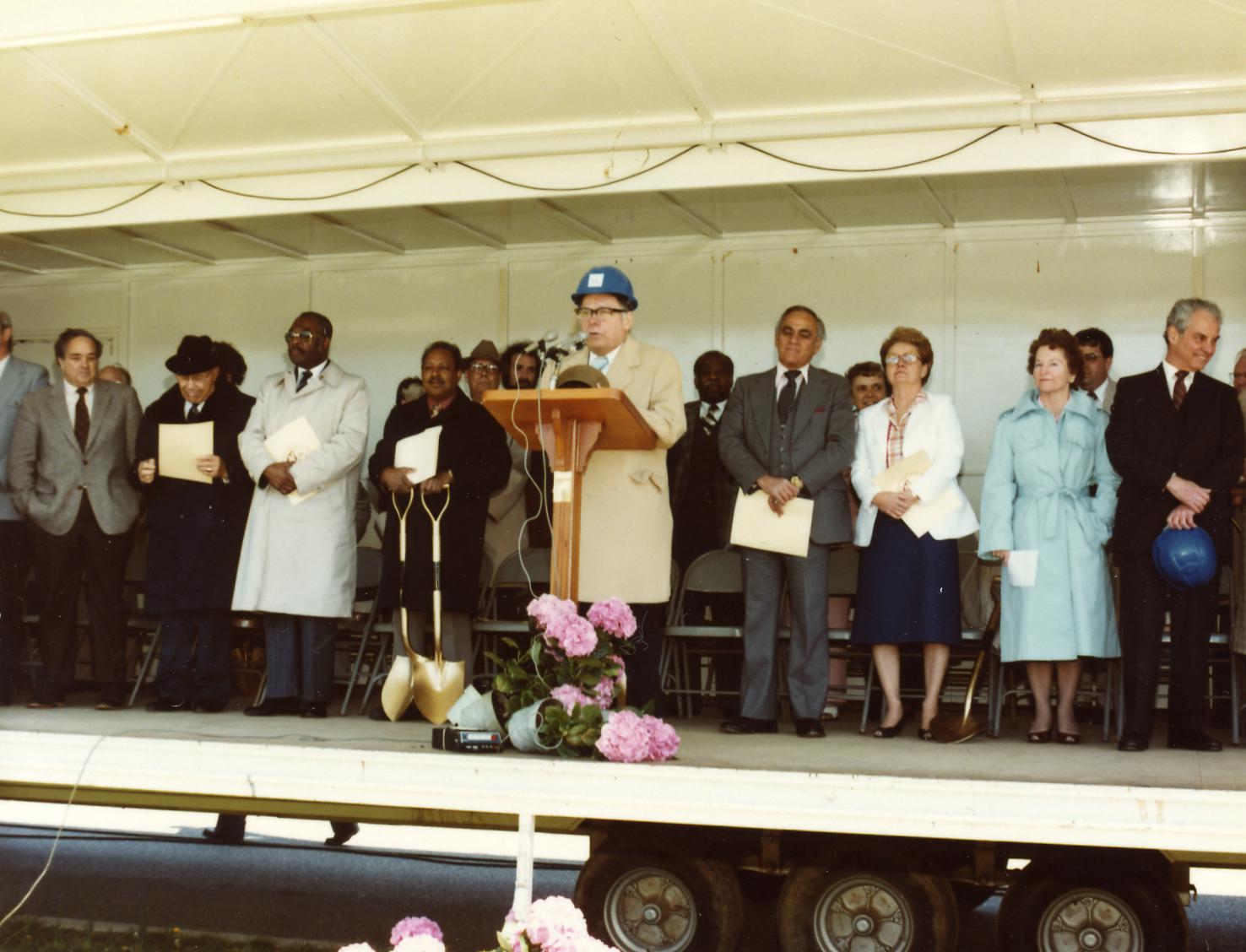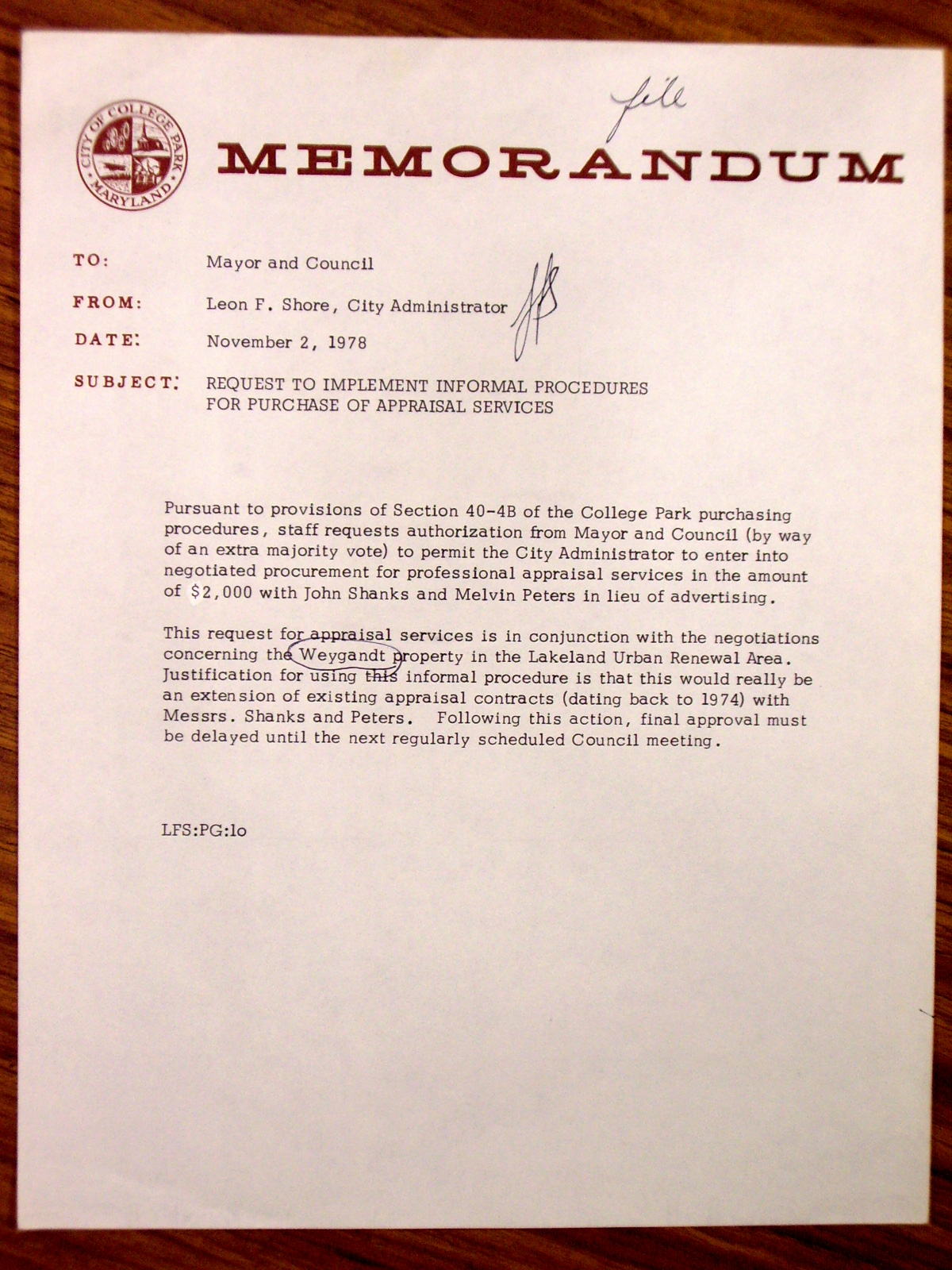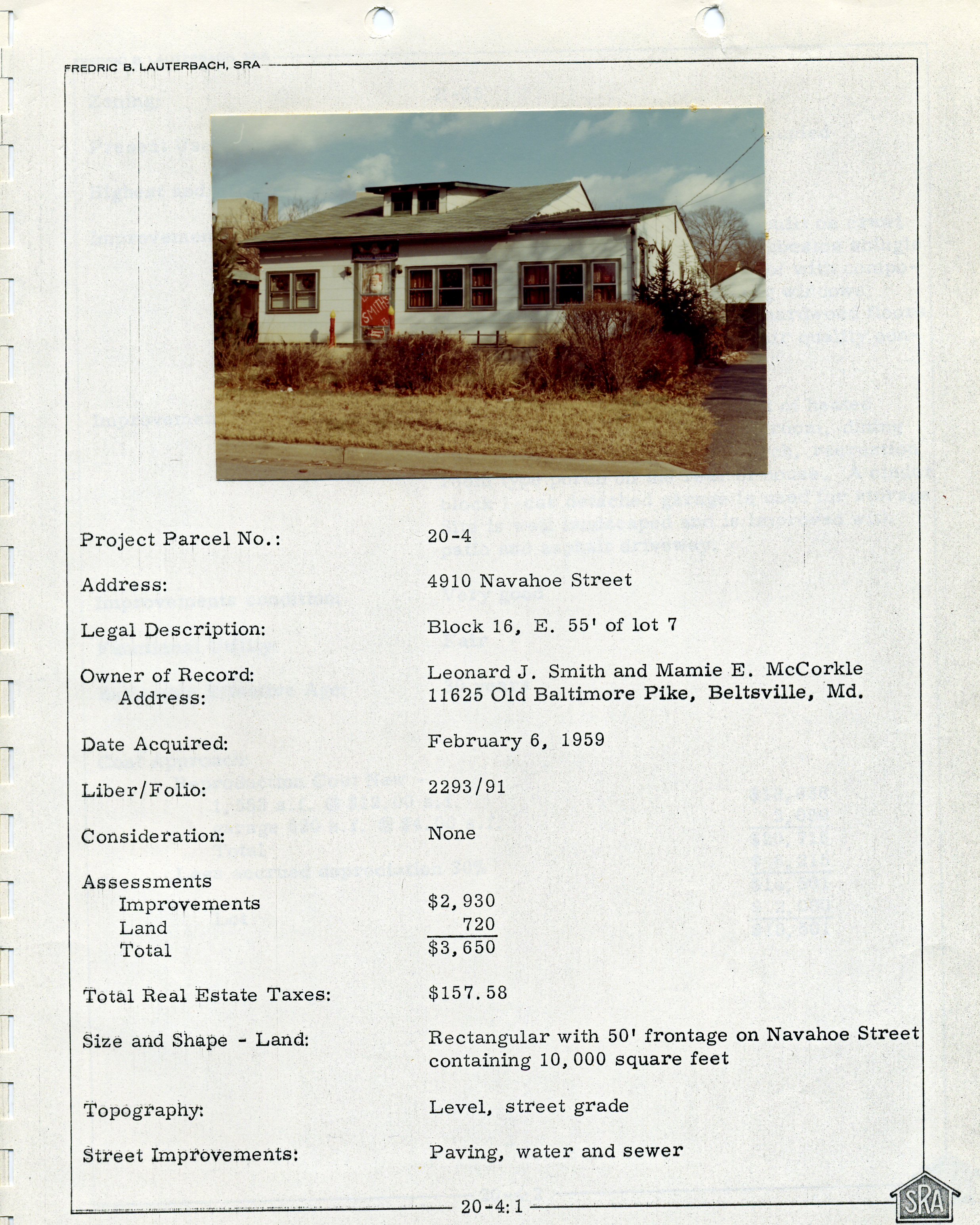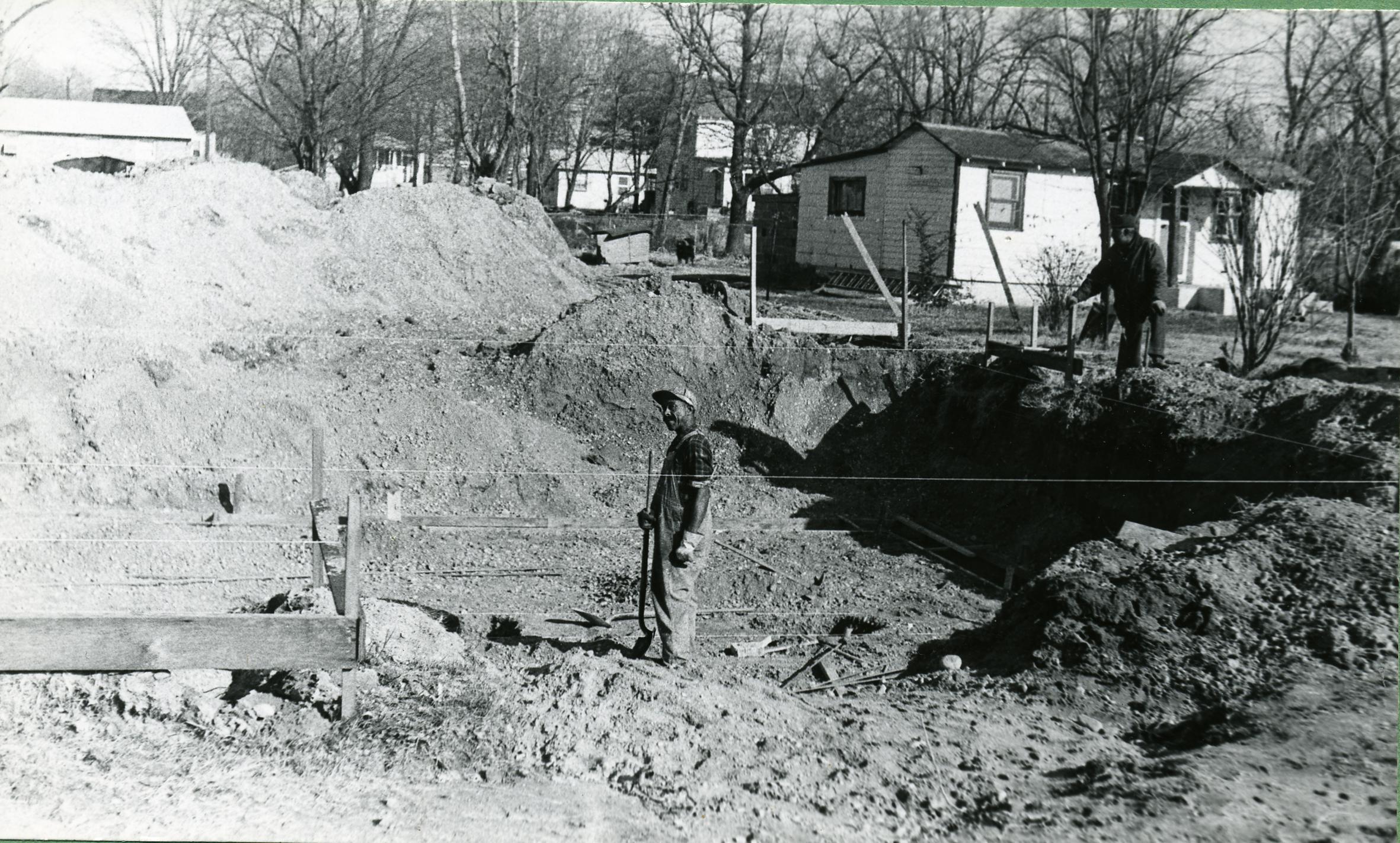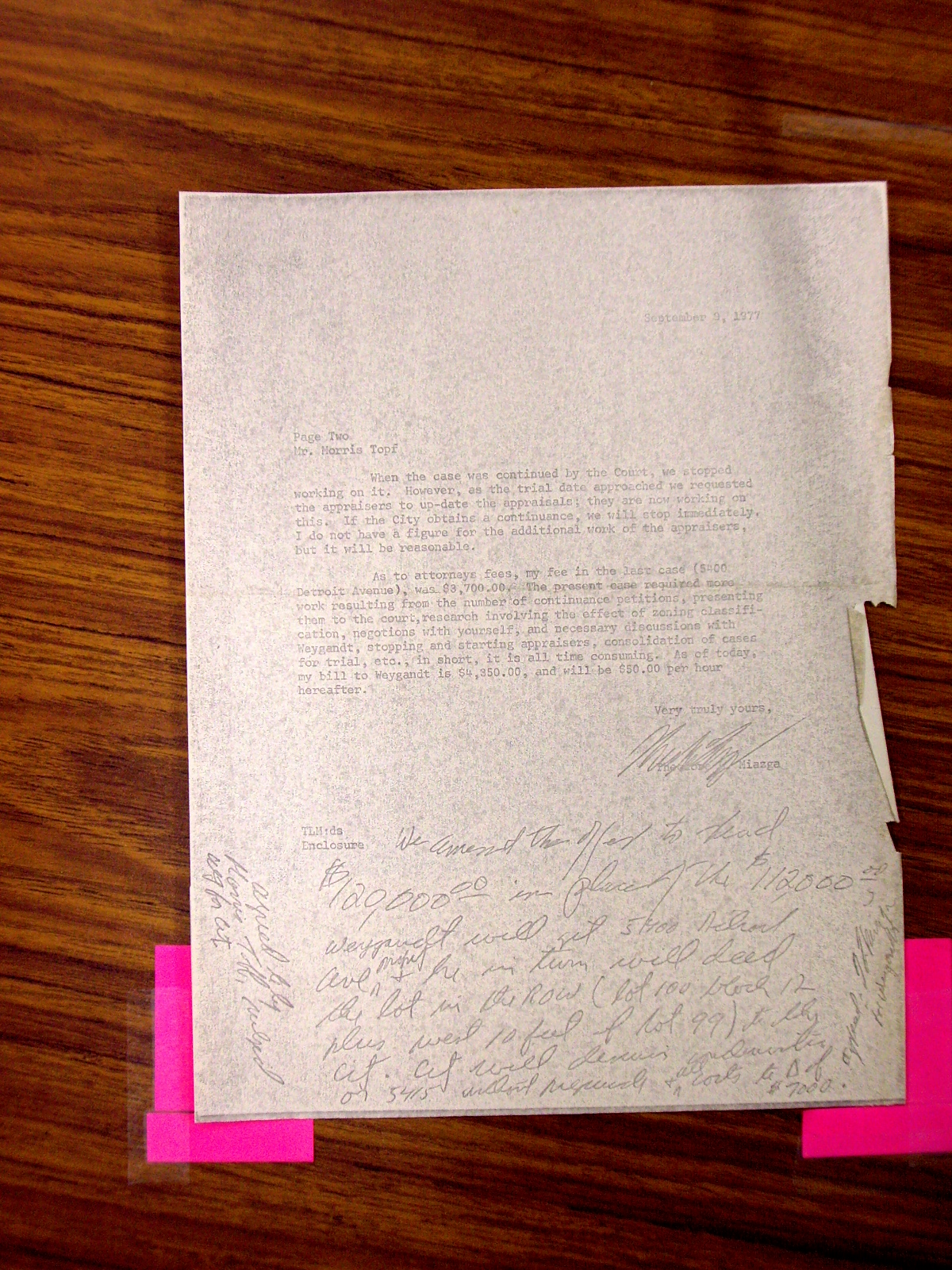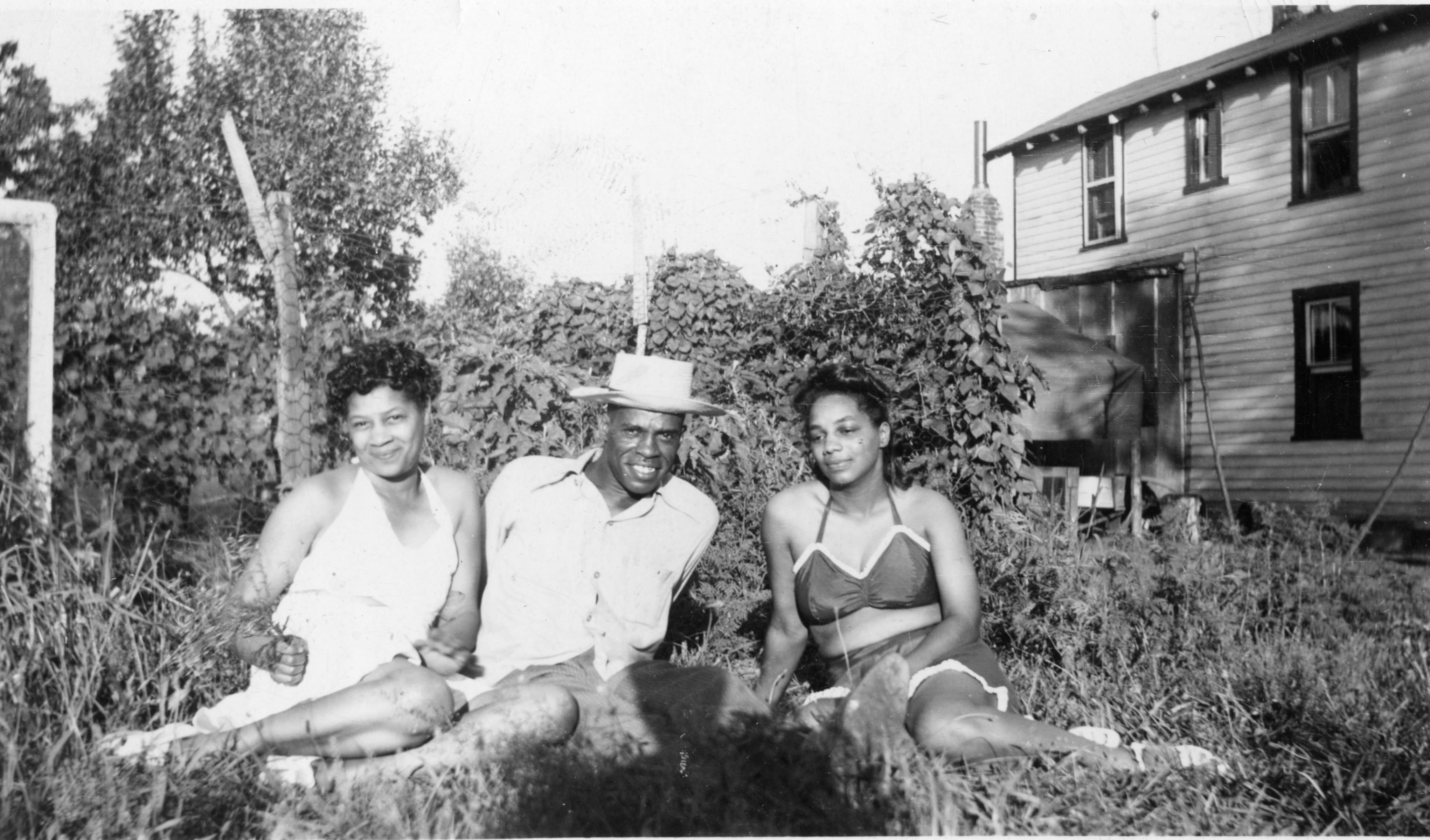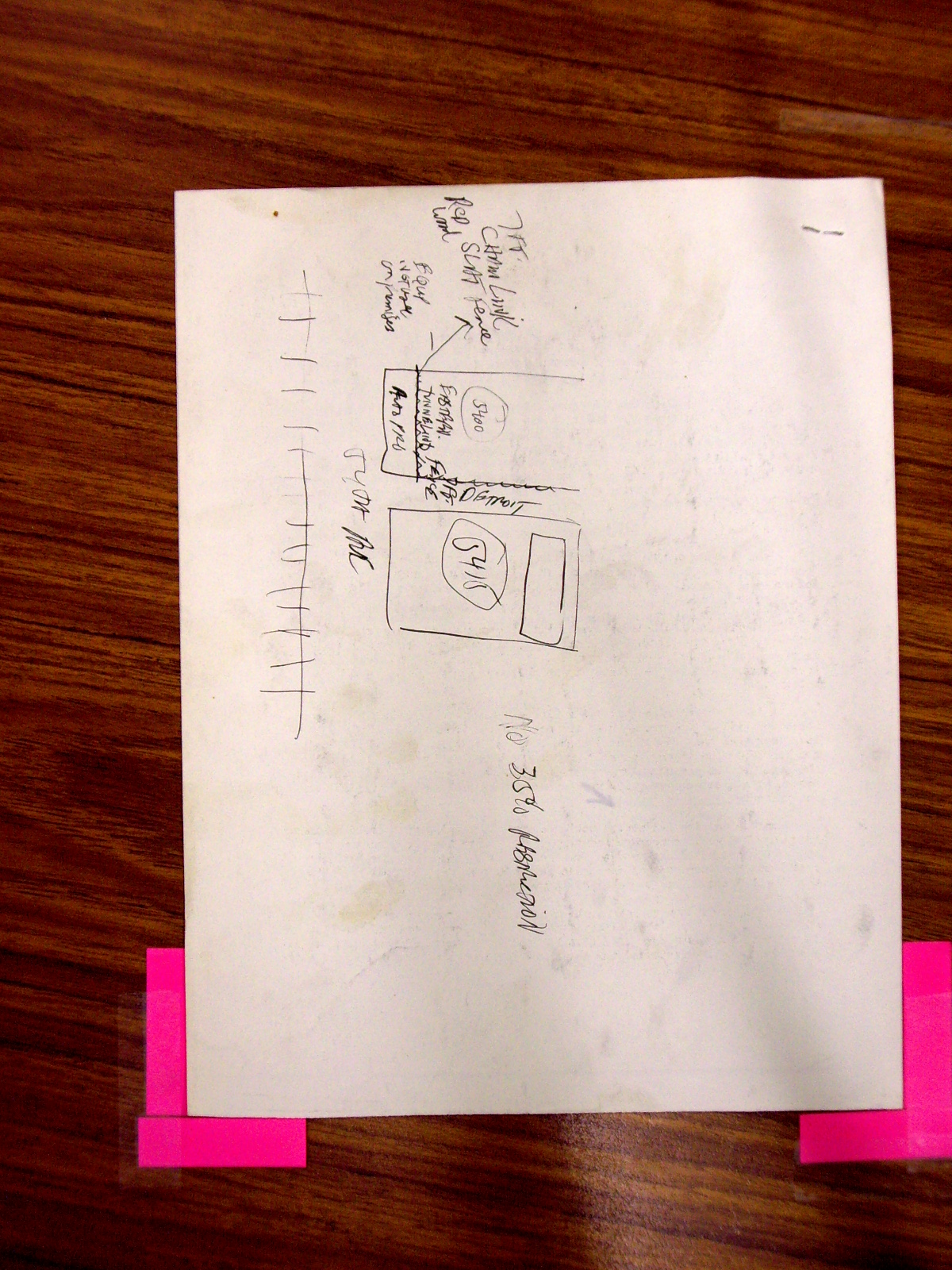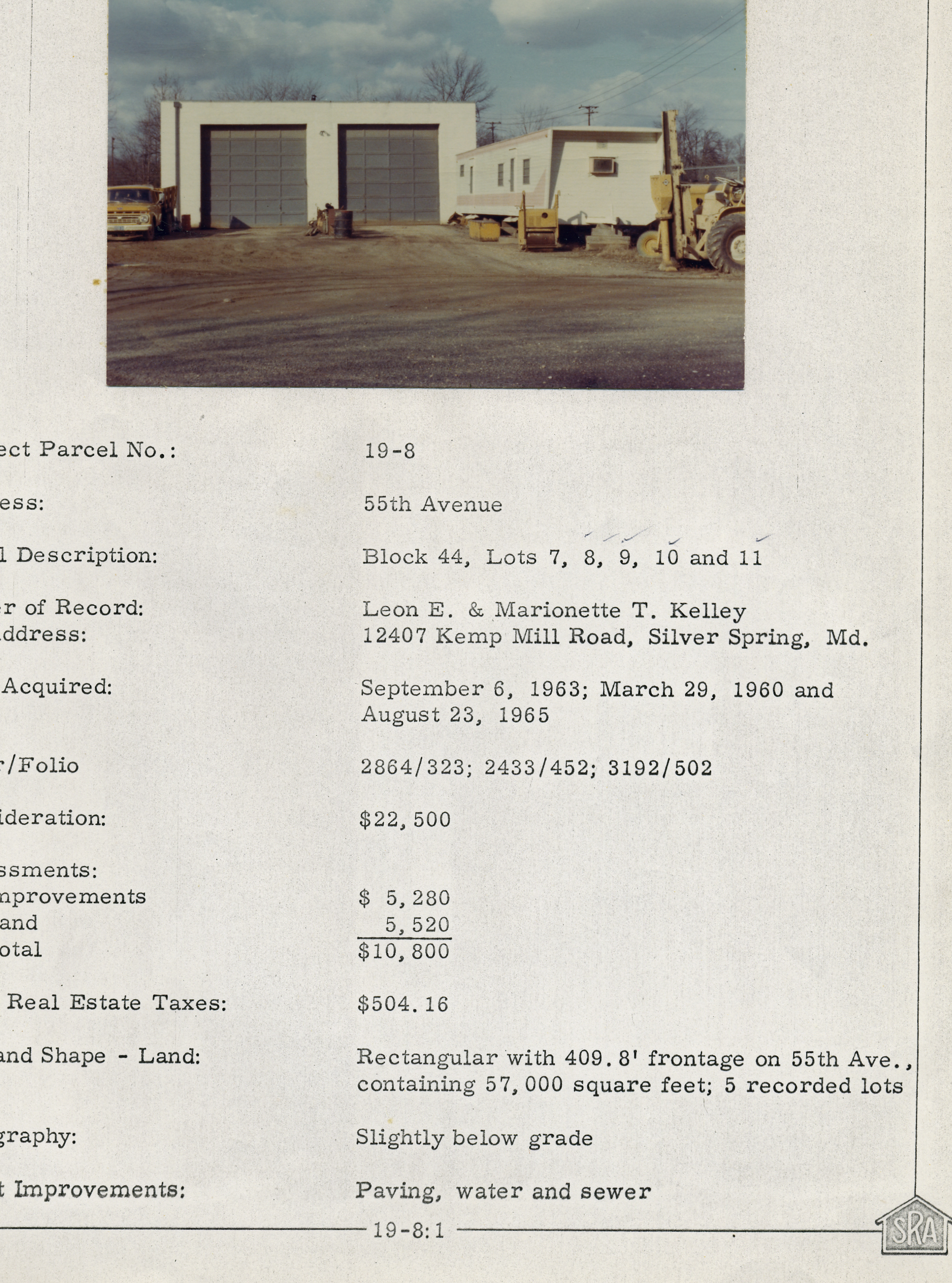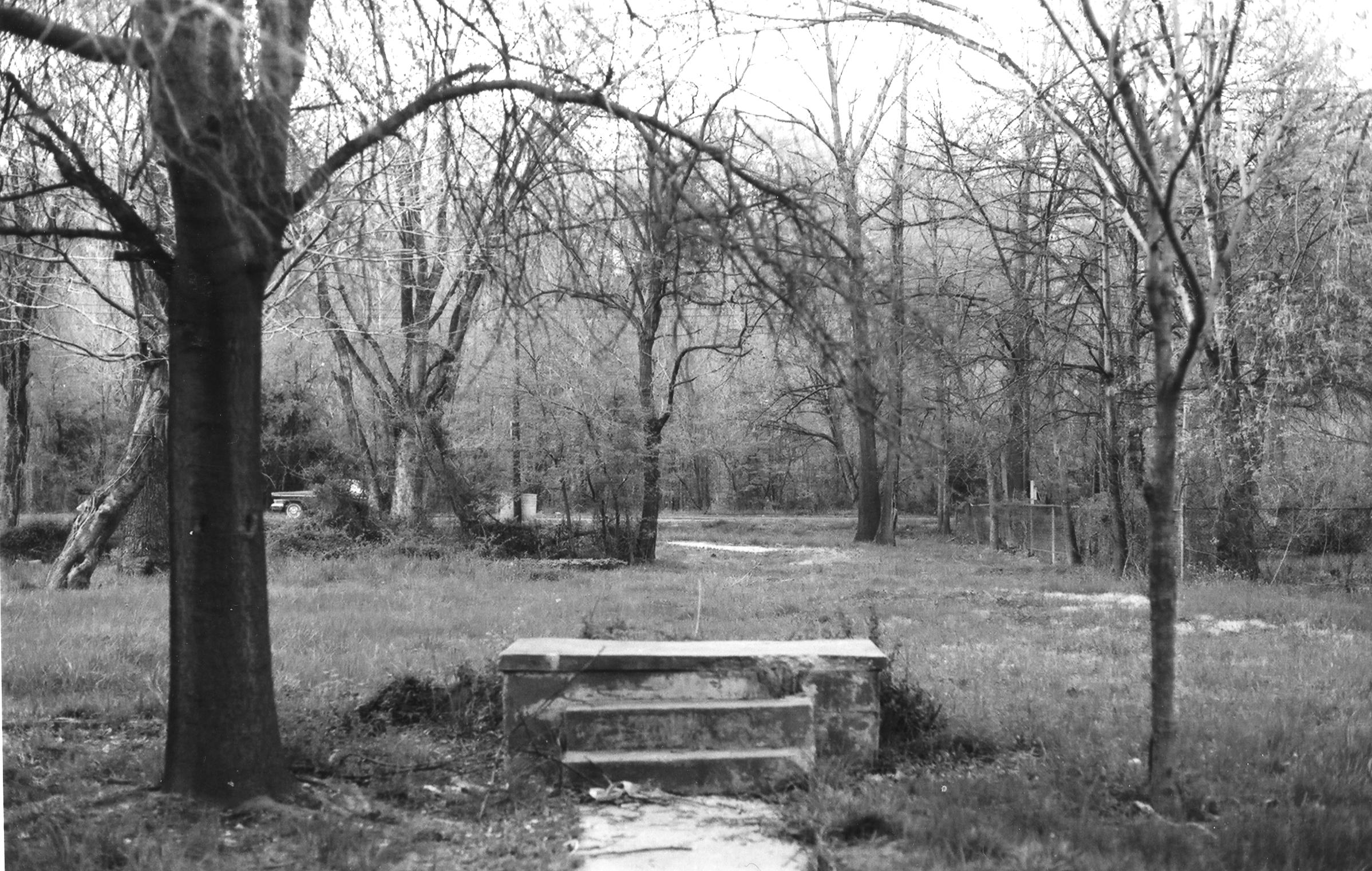Given the opportunity to speak informally with Mary Day Hollomand at her home in the company of her two children, Lisa and Larry, the interviewers hoped to explore the changing perspectives of Lakelanders over two generations. During this same period Prince George's public schools transitioned from segregation to de-segregation. The discussion brought out differing attitudes towards several issues.
Mary Day received her entire education in Lakeland “ from the age of six, when she left Sadie Plummer's private schoolhouse in Brentwood to start at Lakeland elementary, until she graduated from Lakeland High School in 1947. Mary Day had a deep and ongoing desire to involve herself in the life of the school and, in turn, the community. Her activities ranged from Glee Club to Safety Patrol to Homemakers of America. But she was most passionate about basketball, which she shared with her neighbor, her teammate and best friend, Patty Adams. Like many Lakelanders of her generation, Mary Day singled out Mrs. McClellan from among her high school teachers. She was really brilliant and she helped everybody. Mary Day noted that she did all this while her husband was serving overseas during World War II. She also singled out Bessie Mack, her first-grade teacher, and Mr. Arnold, who then had to serve in the army. Both lived in the neighborhood.
Mary Day and her daughter acknowledged that the commitment of teachers to help students progress in their education changed after de-segregation. Lisa and Larry pointed to the lack of personal connections with their teachers, in part, because few of them lived in Lakeland or were familiar with the community. This is not to imply that Lisa and Larry, who attended integrated schools throughout, felt categorically that white teachers were less dedicated to African-American students. Lisa recalled her English teacher at Parkdale High School, a white woman, who was very intelligent and very strict she took an interest she was passionate about her craft, and she wanted to make sure that everyone got it. It was true, however, that integration did not really create more choices for Lakelanders. Larry wanted to go to Highpoint for high school, but because of the district where they lived, both he and Lisa had to attend Parkdale.
Lisa was not involved with activities in high school, which her mother had a hard time understanding. I didn't go to any of the dances, I didn't do prom. I had friends who were cheerleaders and the pom-pom squad. Instead her focus, from the age of ten, was figure-skating. A few weeks after graduating from Parkdale, she joined Disney on Ice, moving from Lakeland, Maryland to Lakeland, Florida, to train with an international troupe. Mary Day supported her daughter and the family would travel to her performances. Most importantly, Lisa felt that this experience was invaluable and shaped me more than my formal education.
Although Lisa did not follow in her mother’s footsteps as far as taking part in the community, when it came time to leave Disney on Ice and enter college, she did feel strongly about the fact that her mother had been denied the opportunity to attend University of Maryland during segregation. Mary Day had attended Bowie State for just a week, then continued at Howard University in DC. Because of the curfew and the lack of much social life on campus, she spent a lot of time with her parents commuting back and forth from Lakeland. Lisa had also wanted to go to Howard. It was a tradition within the family, through her father's side, and it was a matter of pride for her. Instead, she started at Prince George's Community College, then transferred to UMD for her junior year. She recalled that the classes were much larger at the university and I was just a number. Her most memorable professor was Kazuo Yaginuma, who taught Japanese. She had toured for four months in Japan with Disney on Ice and this allowed her to reconnect with her past. Lisa spoke at length about her studies in Japanese, and nothing at all of her major, which was psychology.
Long after finishing her degree, Lisa reconnected with the University of Maryland when she came to host foreign-exchange students from Japan on a summer program in College Park. They accommodated one student in their home, and Lisa's knowledge of the language helped to forge bonds. Lisa commented that Asians and African-Americans at the university did not interact very much. And Asians who had not grown up here would have seen African-Americans in the stereotypes portrayed on TV either [as] a movie star or a criminal. Mary Day recalled how they took one Japanese student to see a slave ship in Baltimore and the emotional impact it had on both mother and daughter to share this history with their guest.
Mary Day also spoke about her experiences after college, as she had at Embry Church in February. At Howard, she studied health and physical education. She was the first woman in her family to attend college. She then went on to a career with the Census Bureau and then twenty years at the National Security Agency. She described how typically white employees would be given a test to advance in the agency. African-Americans were passed over, but one day Mary Day complained to her supervisor, who agreed to let her take the test on the spot and she passed with no time to prepare. Mary Day commented that people just did not speak up.
Mary Day has lived for much of her adult life in the same house now forty-one years. At present her children live with her in this house. So we asked what they thought the future might hold for younger generations of Lakelanders trying to make a home for themselves. Could Lakeland return to the kind of close-knit community that once existed? Lisa and Mary Day had their doubts.
Mary Day looked back to the time when she knew just about everyone in between Rhode Island Avenue and the railroad tracks. Today, by contrast, many of these older neighbors have died or families just sold or rented their houses when they moved elsewhere. It's not the same community that it used to be. For Mary Day, the community has continued to shrink physically, making it that much harder for younger families to stay. She blames urban renewal for that. First, the separation from east of the tracks, where many Lakelanders were forced from their homes. We tried to get (the city) to build single-family houses here, because there were a lot of people who wanted to stay and who had to move because of the floods. In the end, all the available area to build was taken up with the new elementary school. As Mary Day sees it, the city was just playing lip service, they never really intended to put up single-family houses, but rather high-rises which would change the density and character of the neighborhood.
